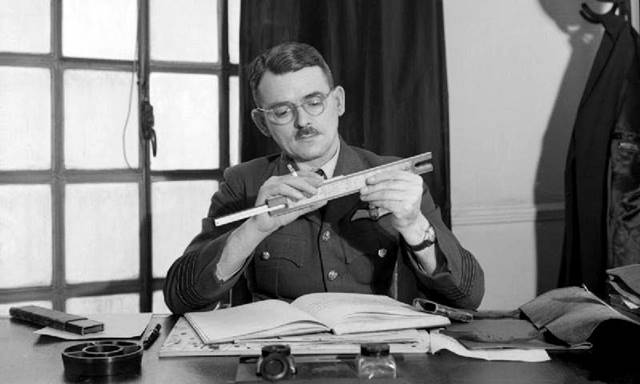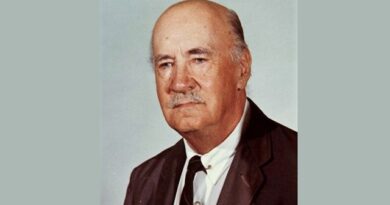Beyond “Father of the Jet Engine”: Honoring Frank Whittle’s Pivotal Role
Picture the roar of jet engines propelling a sleek aircraft across the sky, connecting continents and shrinking the world. Such marvels wouldn’t be possible without the revolutionary jet engine. While the name Frank Whittle often comes to mind, the story of this transformative technology is more intricate than attributing its invention to a single individual. Let’s delve into the fascinating world of jet engines, acknowledging the pivotal role of Whittle while celebrating the broader tapestry of innovation that brought us to this era of supersonic flight.
Frank Whittle’s name is often synonymous with the jet engine, earning him the unofficial title of “Father of the Jet Engine.” While his contributions are undeniable, a closer look reveals a more nuanced story of parallel developments and shared advancements.
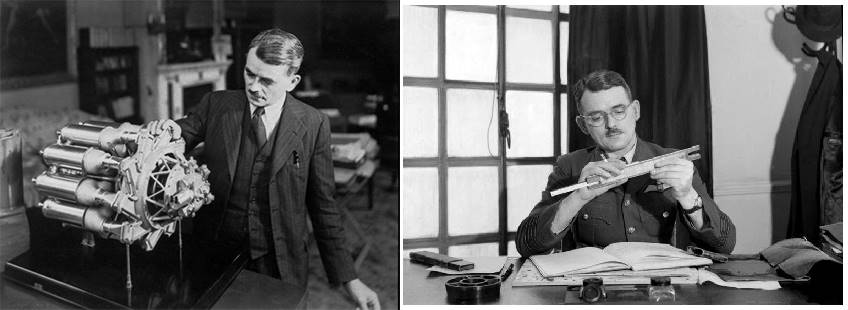
Pioneering Spirit, Not the Sole Patent Holder
Whittle’s passion for jet propulsion ignited in 1928, leading him to file a patent in 1930 for his turbojet design. However, it’s important to acknowledge that Maxime Guillaume had filed a similar, albeit impractical, patent in 1921. The jet engine wasn’t solely Whittle’s brainchild, but his vision and technical expertise were crucial.
Shared Skies: Whittle and Ohain Take Flight
Across the English Channel, Hans von Ohain in Germany was pursuing a similar dream. Working independently, Ohain developed his own turbojet engine and achieved the first operational flight in 1939, just ahead of Whittle’s test run. Both Whittle and Ohain deserve recognition as pioneers, each contributing unique design elements that ultimately revolutionized aviation.
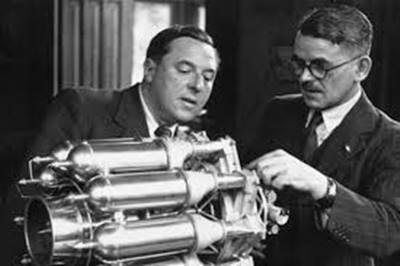
Beyond Propellers, But Not Alone
While Whittle’s innovation challenged the limitations of propeller technology, it wasn’t the only novel engine concept on the horizon. The Heinkel He 178, powered by a rocket engine, achieved the world’s first jet-powered flight in 1939, demonstrating the diverse paths towards jet propulsion.
Collaboration Fueled Innovation
Facing initial skepticism, Whittle also received crucial support. The British government funded his research, and his company, Power Jets Ltd., collaborated with established engine manufacturers like Armstrong Siddeley. This cooperative spirit accelerated the development process, highlighting the collaborative nature of scientific progress.
A Milestone, Not the Sole Catalyst
The 1937 test run of Whittle’s engine was a significant milestone, but it wasn’t the sole launchpad for the “jet age.” Both Whittle’s and Ohain’s engines needed further refinement before widespread adoption. The jet age truly took off in the late 1940s with advancements in engine technology and the surge in post-war aviation needs.
Celebrating Contributions, Not Singular Titles
Frank Whittle’s vision, perseverance, and technical expertise undeniably left a lasting mark on jet engine development. However, recognizing the parallel innovations of Ohain and others provides a more accurate and inclusive historical perspective. Whittle stands as a pivotal figure, but not the sole architect of this revolutionary technology.
By acknowledging the shared journey of jet engine development, we honor the collective brilliance that propelled aviation to new heights. Let us celebrate the remarkable contributions of individuals like Whittle, while striving for a more comprehensive understanding of the collaborative nature of scientific advancement.
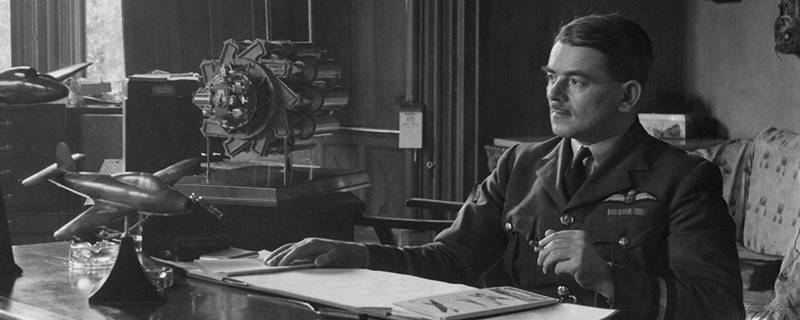
References and Further Reading:
- Sir Frank Whittle | Jet engine pioneer, RAF officer, engineer | Britannica: https://kids.britannica.com/students/article/Frank-Whittle/340405
- Frank Whittle – Wikipedia: https://en.wikipedia.org/wiki/Frank_Whittle
- Frank Whittle – Jet Engine – National Inventors Hall of Fame®: https://www.invent.org/
- Power Jets W.1 – Wikipedia: https://en.wikipedia.org/wiki/Gloster_E.28/39
- Hans von Ohain – Wikipedia: https://en.wikipedia.org/wiki/Ohain
- Heinkel He 178 – Wikipedia: https://en.wikipedia.org/wiki/Heinkel_He_178
For more aviators click.
